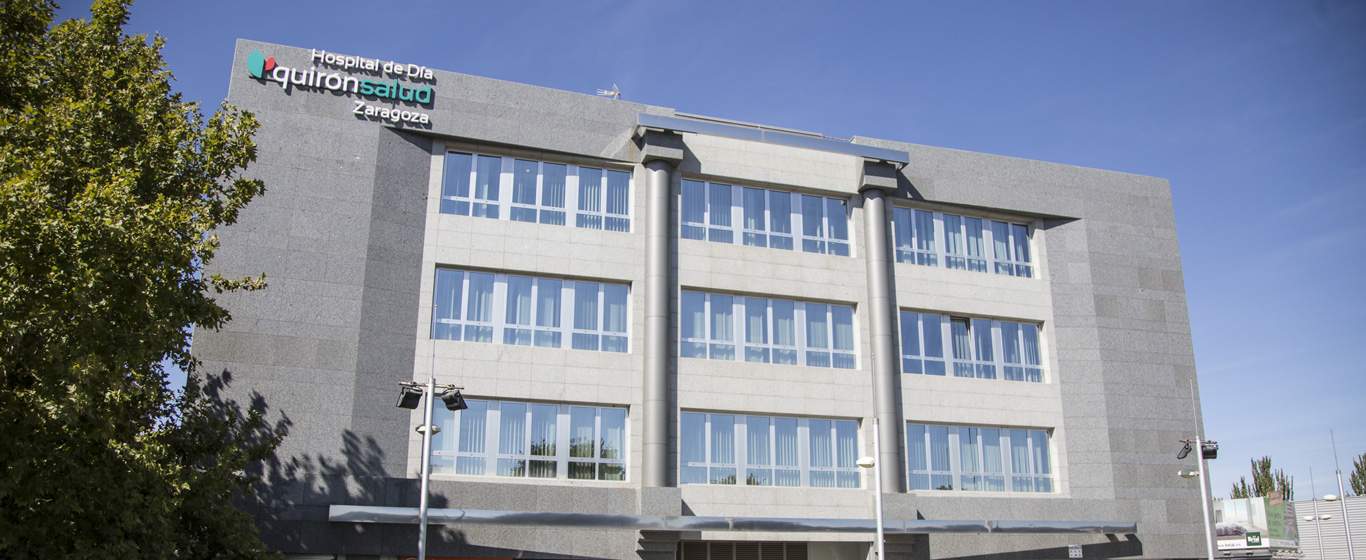Colon Cancer
What are the symptoms of early and advanced-stage colon cancer? All about the different stages of this disease.
Symptoms and Causes
Colon cancer develops when the cells in the lining of the large intestine multiply abnormally. In most cases, tumors form from a polyp that was initially benign.
There are different types of colon tumors depending on the cells from which they originate:
- Adenocarcinoma: This is the most common. It occurs in the cells of the intestinal lining. Within this group, there are two much rarer types:
- Mucinous adenocarcinoma: It also develops in the colon’s mucosal cells, but the cells characteristically secrete a large amount of mucin (mucus). These tumors are less aggressive.
- Signet ring cell adenocarcinoma: This is an adenocarcinoma whose cells have a nucleus located at the periphery, giving them a ring-with-seal appearance, hence its distinctive name.
- Carcinoid tumor: It forms in the neuroendocrine cells of the digestive tract, which are responsible for producing certain types of hormones.
- Gastrointestinal stromal tumor: It originates in the interstitial Cajal cells that line the intestines. These tumors are more common in the stomach but can appear anywhere in the digestive tract.
- Colon leiomyosarcoma: A very rare tumor that originates in the smooth muscle cells of the intestine.
- Primary colorectal lymphoma: Lymphomas (tumors originating in lymphoid cells) can appear in the digestive tract, specifically in the lymphocytes of the colon or rectum.
- Metastatic colorectal cancer: This is advanced-stage colorectal cancer that has spread to other parts of the body. The liver is the most frequent site for these tumors.
Early detection is crucial in colon cancer, as when diagnosed in its early stages, it has a very high cure rate (around 90%). For this reason, in Spain, there is a standardized screening program for the healthy population between 50 and 69 years old, as well as personalized tests for individuals at high risk.
Symptoms
It is common for colon cancer to show no symptoms in its early stages, which is why it is important to attend periodic screenings established by health authorities. As the disease advances, it may present in several ways:
- Tenesmus (the sensation that the bowels have not fully evacuated after defecation).
- Mucus in the stool.
- Blood in the stool.
- Abdominal discomfort.
- Gases.
- Changes in bowel habits (diarrhea or constipation).
- "Ribbon-like" stools
Causes
Studies indicate that the development of colon cancer is caused by a combination of:
- Genetic factors: It is estimated that between 5 and 10% of cases are hereditary.
- Environmental factors: In 75% of cases, diet and lifestyle influence the development of tumors. It is proven that a diet low in fiber and high in fats, along with a sedentary lifestyle, increases the likelihood of developing colon cancer.
In most cases, colon cancer begins with an overgrowth of the internal lining of the colon in the form of polyps, which can be adenomas (considered precancerous), inflammatory, hyperplastic, serrated sessile, or traditional serrated (with a higher risk of malignancy).
Risk Factors
The likelihood of developing colon cancer increases if any of the following factors are present:
- Over 50 years old.
- Family history of colon cancer, breast cancer, ovarian cancer, or uterine cancer.
- Personal history of adenomatous polyps or inflammatory bowel diseases such as ulcerative colitis or Crohn's disease.
- Diabetes.
- Unbalanced diet: high in fats and calories, with an excess of red or processed meat, and low in fiber.
- High alcohol consumption.
- Sedentary lifestyle.
- Obesity.
Complications
In the progression of colorectal cancer, various complications can arise:
- Surgical complications: These can occur during surgery, in the immediate postoperative period, or later.
- Complications related to treatments administered.
- The disease itself may evolve into metastatic disease, with complications arising from the involvement of different affected organs.
Prevention
The best way to prevent colon cancer is:
- Undergo preventive screenings for individuals over 50 years old.
- Follow a balanced diet rich in fruits, vegetables, and whole grains.
- Quit smoking.
- Reduce alcohol consumption.
- Exercise regularly.
- Maintain an adequate weight.
Which Doctor Treats Colon Cancer?
Managing colorectal carcinoma requires a multidisciplinary approach, involving specialists such as preventive medicine experts, surgeons, radiologists, and typically led by the medical oncologist, who plans the treatment in a global and consensual manner.
Diagnosis
The most common tests for early detection of colon cancer, even before symptoms have appeared, include:
- Fecal occult blood test: The presence of blood in the stool is sometimes associated with colorectal carcinoma. This is a simple, non-invasive test used for population screening.
- Colonoscopy: A long, flexible probe with a camera at the tip is inserted to observe the colon and rectum. Sometimes, this procedure is used to take tissue samples or remove benign polyps.
- Endoscopic capsule: A variant of colonoscopy in which a small camera is placed inside a capsule that the patient swallows, allowing it to travel through the digestive tract. This allows images of tumors to be captured in areas that cannot be reached through gastroscopy or colonoscopy. It is a minimally invasive procedure that does not require hospitalization or sedation.
- Colon biopsy: This involves analyzing a tissue sample from the tumor taken during a colonoscopy, which is examined in a laboratory to detect or rule out the presence of cancerous cells.
Once a diagnosis is confirmed, imaging tests are done to determine the stage of the cancer, which may be:
- Stage 0 or in situ colon cancer: The cancer is at its earliest stage. It has not spread beyond the inner layer (mucosa) of the colon or rectum.
- Stage I: The tumor has grown through the muscular layer of the mucosa into the submucosa, and it may have spread into the muscularis propria. It has not spread to nearby lymph nodes or distant sites.
- Stage II: The tumor has grown into the outer layers of the colon or rectum but has not broken through. It has not spread to adjacent organs or lymph nodes.
- Stage III: There is involvement of nearby lymph nodes.
- Stage IV: There is involvement of distant organs.
Treatment
As with all types of cancer, treatment must be tailored to the specific needs of each patient. It is a multidisciplinary approach and depends primarily on the type and stage of the disease, as well as the patient's overall health.
- Surgery: Colon cancer surgeries can be of several types:
- Right hemicolectomy: A partial colectomy (removal of part of the colon) in which tumors in the ascending colon or cecum are removed.
- Left hemicolectomy: Partial colectomy of the descending colon and/or sigmoid colon.
- Segmental colectomy: A segment of the colon is removed, typically part of the transverse colon.
- Total colectomy: Removal of the entire colon. In these cases, a colostomy (an opening that connects the colon to the outside) is performed to allow for the expulsion of feces, which are collected in a bag.
- Immunotherapy: Medications are given to enhance the immune system's ability to fight cancer cells.
- Chemotherapy: Chemotherapy drugs are used to shrink widespread tumors. Typically, this is administered before surgery to facilitate the complete removal of malignant neoplasms.
- Radiotherapy: This uses energy beams to eliminate part of the tumors or alleviate symptoms in advanced-stage cancers.
- Targeted therapy: Medications block certain chemicals in cancer cells, thus destroying them.





















































